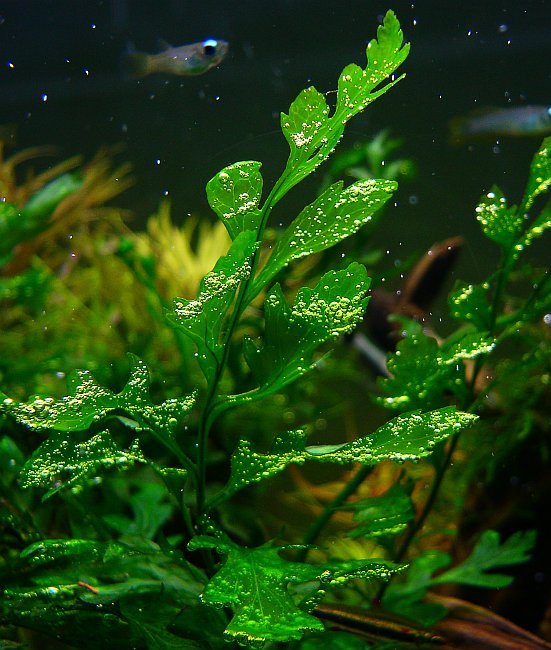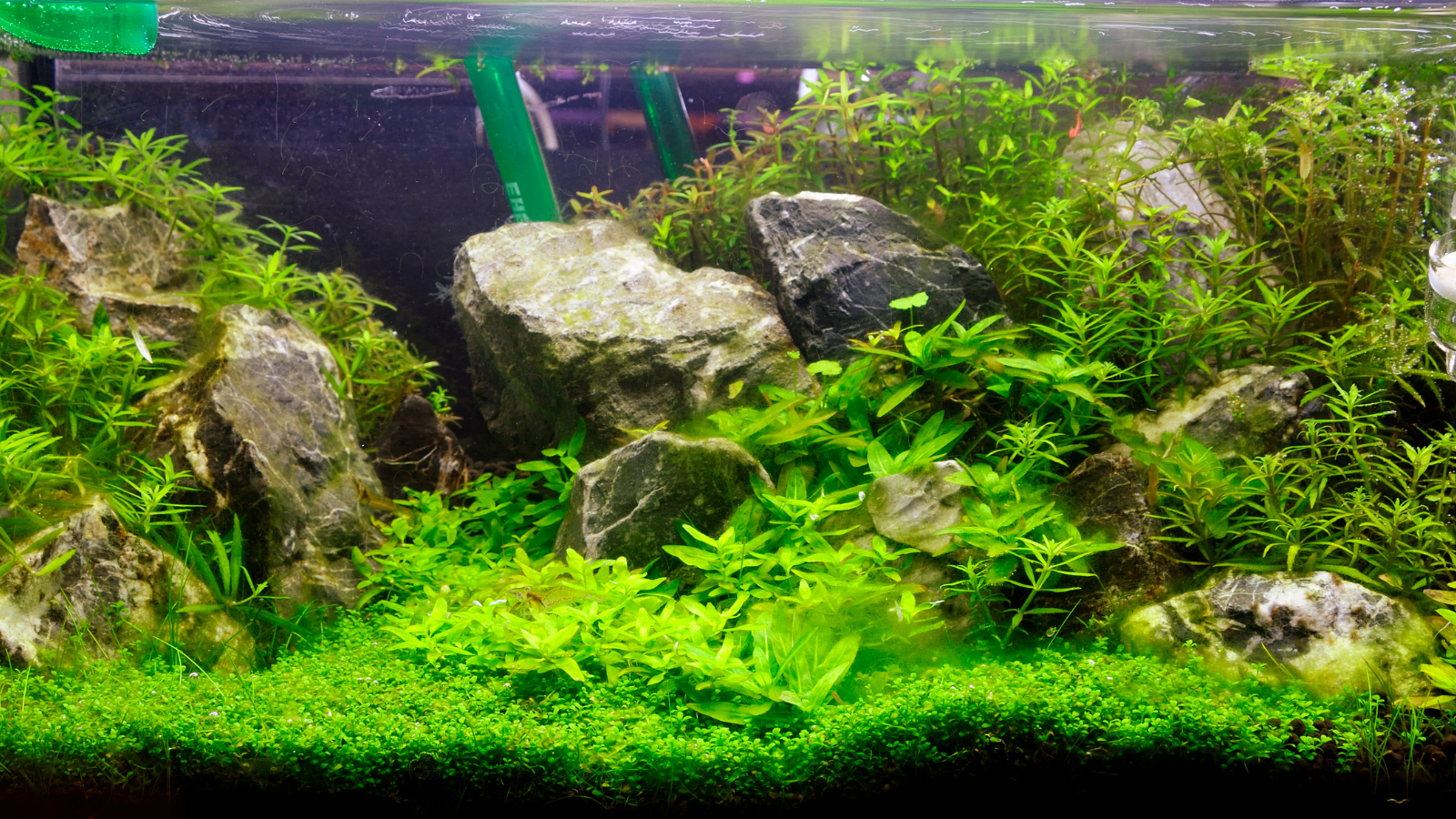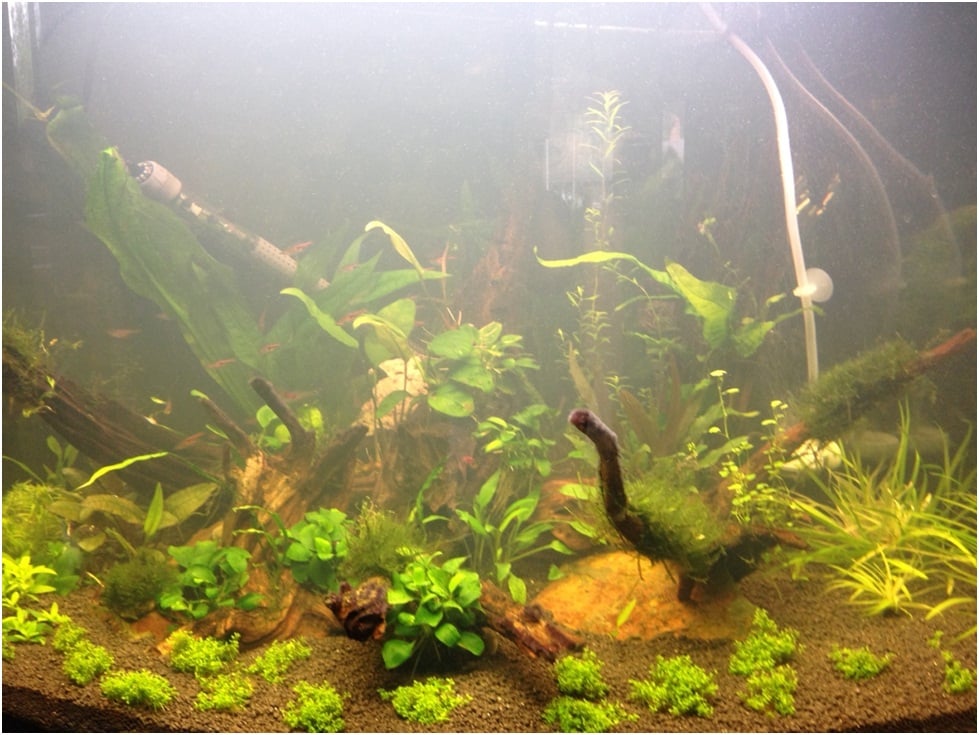
Say hello to African Fern!
Today we'd like to show you another beautiful plant that can be grown in the planted tank successfully. If you haven't heard of the African fern yet, look into our brief article how to care for this stunning plant.
In nature, this rhiozome plant occurs in Africa, hence its common name but also it's called Congo fern and in latain Bolbitis heudelotii.
It reaches dimensions from 15 to 40 cm and is a typical plant to be inoculated on roots and stones, and as a water epiphyte it is used in most aquarium arrangements.
Planting
The plant should not be buried in the substrate. It should be tied with a string or thread to the stone, root or attached to the suction cup, which we stick to the aquarium glass.
After the plant is attached, we recommend that you trim all the leaves and leave the rhizome bare. This simple trick will make the plant produce more leaves with a more intense color and will be a unique ornament in your aquarium.
Trimming
Remove the older leaves with sharp scissors. You can also divide the rhizome into smaller 2-3 cm fragments and place them in different places in the aquarium (e.g. on the roots). Regular removal of older leaves mobilizes the plant to produce more new shoots.
CO2 injection
The African fern grows quite slowly so injecting CO2 will surely soar the growth rate. Moreover, the colouration of the leaves will be definitely more intense which can be seen with a naked eye. Check our offer of the most reliable CO2 Systems that will improve your planted aquarium.
Temperature and water parameters
The Congo fern feels best it temperature between 21-28 Celcius degrees, soft water and pH below 7. To control the pH visually, trust our CO2Art Drop Checker Monitoring Set which will indicate the carbon dioxide levels in your aquarium!
Summary
If you're looking for a nice plant for the background or the middle part of the aquarium, African fern will be a good choice. Thanks to many sizes of its leaves available in aquarium trade, it gives the aquascaper many possibilities in terms of arrangement in the planted tank. When placed adequately, it can be a cherry on top in any arrangement.


